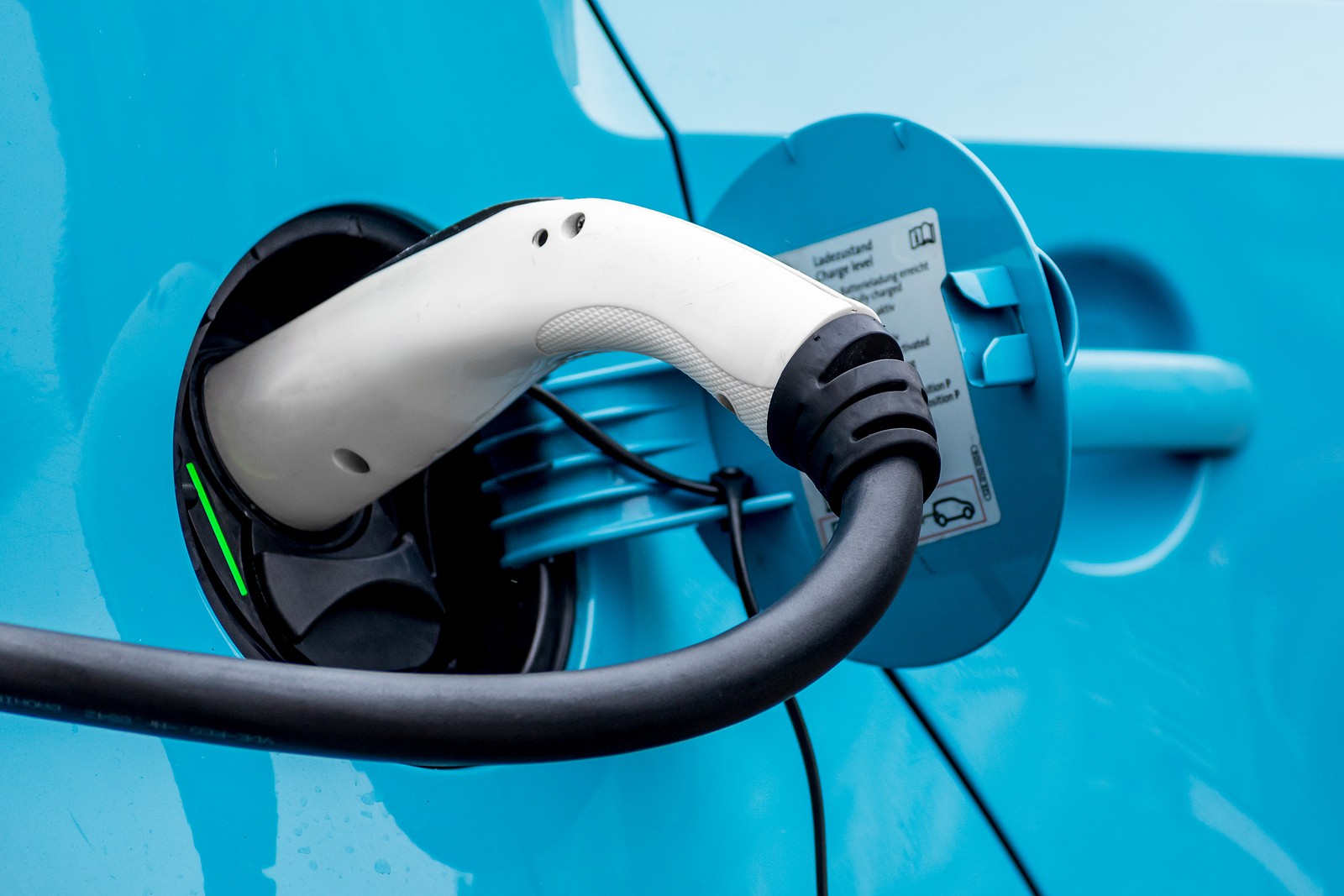
Those new to the world of renewable energy, especially commercial and industrial solar in California, can feel a little overwhelmed at the many types of energy credits, incentives, rebates, and programs – and how they all fit together.
Today, we’re going to shed some light on one common aspect of the industry, LCFS credits, or fuel-related credits that are generated via the Low Carbon Fuel Standard Credits program in California.
Why California’s LCFS Program is Important
During the carbon life cycle, carbon emissions are produced and released into the atmosphere where they make up the largest contribution among the greenhouse gas emissions.
The California Air Resource Board incorporated the LCFS program to educate companies on ways to make an effort towards reducing greenhouse gas emissions and promoting renewable alternatives.
LCFS Credits Purpose
The goal of the LCFS program is to encourage – and mandate – using more renewable sources and avoiding fuels that come at a high carbon cost, whether that cost is created when the fuels are mined, refined, or shipped. To that end, the LCFS program assigns every type of fuel a Carbon Intensity score based on how it is produced and used.
Per LCFS regulations, fuels with a low enough percent reduction score can generate LCFS credits via the creation and trading of fuel. After achieving a percent reduction, the gCO2e equivalent to one metric ton of carbon emissions is rewarded in the amount of one LCFS credit.
These credits are generated by regulated parties (RPs) in the fuel industry, as well as alternative fuel producers of all kinds (biodiesel, ethanol, biogas, hydrogen, EV, and much more). They can be used in a variety of ways, from a simple sign of how sustainable a company is to offsetting specific deficits that fuels with a very high carbon intensity score can create. That has led to a credit generation market where LCFS credit owners can sell their credits to deficit holders to produce additional revenue.
How California’s LCFS Credits Are Generated
If you are interested in the possibility of generating LCFS credits there are three primary methods of doing so, and you do not have to be a commercial solar company (or have any kind of solar installation) to qualify.
Method 1: Fuel Pathway-Based Crediting
This refers to the basic creation and use of low-carbon fuels that offset carbon use compared to traditional fuels. Developers that are generating these types of fuels automatically generate LCFS credits as well. This can have a broad variety of applications across industries for businesses that are embracing more low carbon fuels and renewable fuel sources. For example, agricultural solar energy installations that are using solar energy to power equipment instead of fuels may want to see if they are generating LCFS credits as well.
Method 2: Project-Based Crediting
This refers to specific projects that can reduce emissions in the fuel supply chain, especially petroleum. Any project that makes the process of creating petroleum more efficient or reduces emissions in other ways can qualify. Carbon capture projects by third parties may also be able to qualify for credit this way. If your business is planning on renewable energy or a clean air project, it’s a good idea to check if it qualifies under project-based crediting.
Method 3: Zero-Emissions Vehicle Infrastructure (Capacity-Based) Crediting
Installations of alternative fuel vehicle infrastructure – primarily hydrogen fuel supply and electric vehicle charging – can also generate capacity credits based on the capacity of the installation. Electric utilities are something businesses should consider when renovating parking lots or planning other similar changes.
Final Note
Remember, Coldwell Solar is your solar energy company in California with the solutions, information, financing options, and services you need for a new commercial solar installation. If you are looking for commercial solar energy solutions in California or have any questions about a potential project (or current installation), let us know how we can help!

